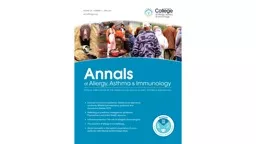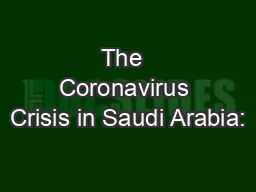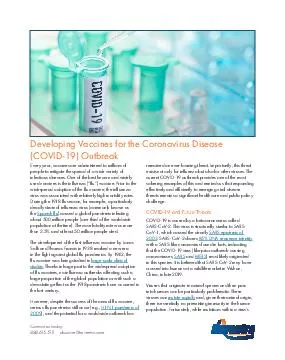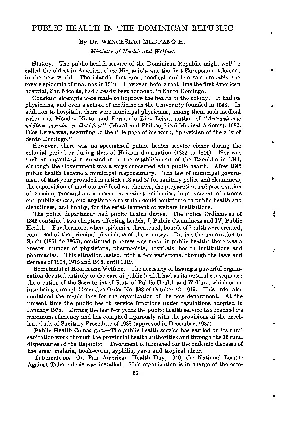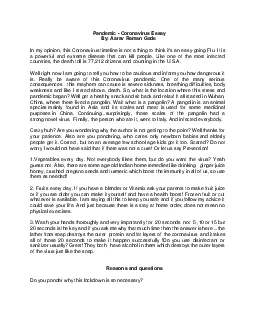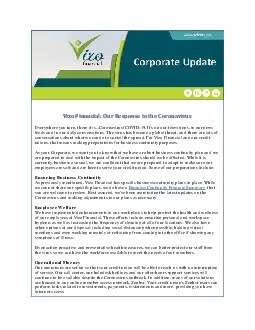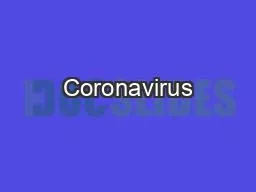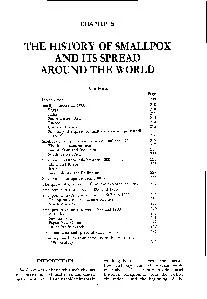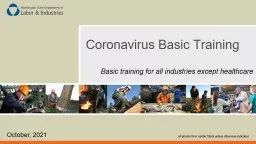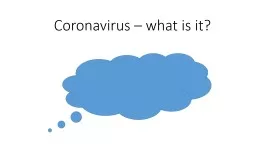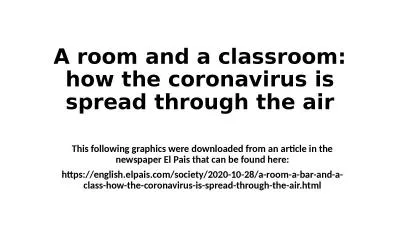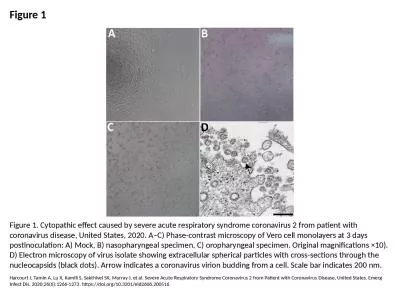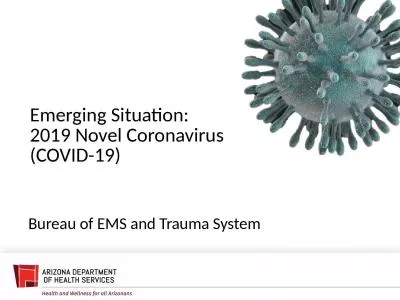PPT-Zoonotic Coronavirus Epidemics
Author : LoneWolf | Published Date : 2022-08-03
Monica Fung MD MPH Iris Otani MD Michele Pham MD Jennifer Babik MD PhD Ann Allergy Asthma Immunol April 20211264321337 Zoonotic Coronavirus Epidemics Key Messages
Presentation Embed Code
Download Presentation
Download Presentation The PPT/PDF document "Zoonotic Coronavirus Epidemics" is the property of its rightful owner. Permission is granted to download and print the materials on this website for personal, non-commercial use only, and to display it on your personal computer provided you do not modify the materials and that you retain all copyright notices contained in the materials. By downloading content from our website, you accept the terms of this agreement.
Zoonotic Coronavirus Epidemics: Transcript
Download Rules Of Document
"Zoonotic Coronavirus Epidemics"The content belongs to its owner. You may download and print it for personal use, without modification, and keep all copyright notices. By downloading, you agree to these terms.
Related Documents

